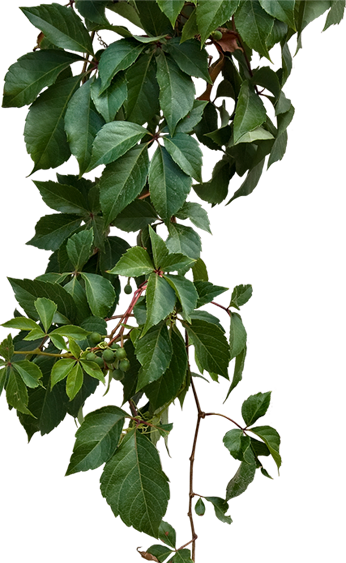
Harnessing LED Lighting for Sustainable Indoor Gardening: A Review of Techniques, Benefits, and Future Directions
- Home
- Harnessing LED Lighting for Sustainable Indoor Gardening: A Review of Techniques, Benefits, and Future Directions
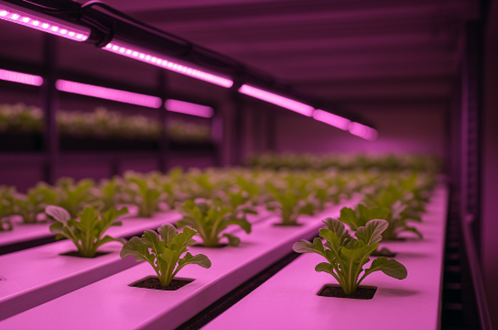
Harnessing LED Lighting for Sustainable Indoor Gardening: A Review of Techniques, Benefits, and Future Directions

Abstract:
Indoor gardening has gained significant attention as a sustainable solution to urban food production and year-round cultivation. Among the many technologies enabling this growth, Light Emitting Diodes (LEDs) stand out due to their energy efficiency, customizable light spectra, and long operational life. This paper reviews the critical role of LED lighting in indoor gardening, focusing on plant physiological responses, spectrum optimization, and system-level benefits. Studies demonstrate that specific light spectra (particularly red and blue wavelengths) significantly influence photosynthesis, flowering, and biomass accumulation. Furthermore, the integration of LED lighting with smart controls and hydroponic systems enhances productivity in constrained environments. This review highlights current advancements, applications, and future prospects of LED-assisted indoor gardening, emphasizing its potential in promoting urban agriculture and food security.
Introduction:
With the global population increasingly concentrated in urban areas, traditional farming faces challenges such as land scarcity, resource inefficiency, and environmental degradation. Indoor gardening has emerged as a viable alternative, enabling year-round cultivation in controlled environments, from small-scale household systems to commercial vertical farms.
Central to the success of indoor gardening is artificial lighting, which substitutes natural sunlight and supports photosynthetic activity. LED lighting, in particular, offers unparalleled advantages over conventional lighting systems such as high-pressure sodium (HPS) or fluorescent lamps. These include tuneable spectra, lower heat emission, and superior energy efficiency.
This article explores the application of LED lighting in indoor gardening, examining how various wavelengths affect plant growth and development, and reviewing technological innovations, challenges, and future directions for sustainable urban agriculture.
Review:
1. Evolution of Indoor Gardening:
Indoor plant cultivation has evolved from ornamental uses to functional food production. Initially dependent on sunlight or inefficient artificial lighting, indoor gardening has transformed with technological innovations, particularly in the lighting sector.
2. Overview of LED Technology
LEDs are solid-state devices that emit light when electric current passes through semiconductor materials. Unlike traditional lights, LEDs can emit specific wavelengths, allowing growers to tailor light conditions to plant needs. Key advantages include:
- Spectral customization
2. High energy efficiency (µmol/J)
3. Minimal thermal radiation
4. Long lifespan (>50,000 hours)

3. LED Light Spectrum and Plant Response
Plants primarily absorb light in the blue (400–500 nm) and red (600–700 nm) spectra. Blue light influences vegetative growth and stomatal opening, while red light promotes flowering and biomass accumulation. Far-red and green wavelengths also play supporting roles in plant signalling and canopy penetration.
Recent studies reveal:
• Red-blue LED combinations improve photosynthesis and morphology in lettuce and leafy greens.
• Full-spectrum LEDs support balanced growth and higher nutrient content.
• Pulsed and dynamic lighting can optimize energy use and plant performance.
4. Comparison with Other Lighting Systems
LEDs outperform HPS and fluorescent lights in terms of efficiency, controllability, and longevity. They also produce less heat, reducing HVAC loads in indoor gardens.
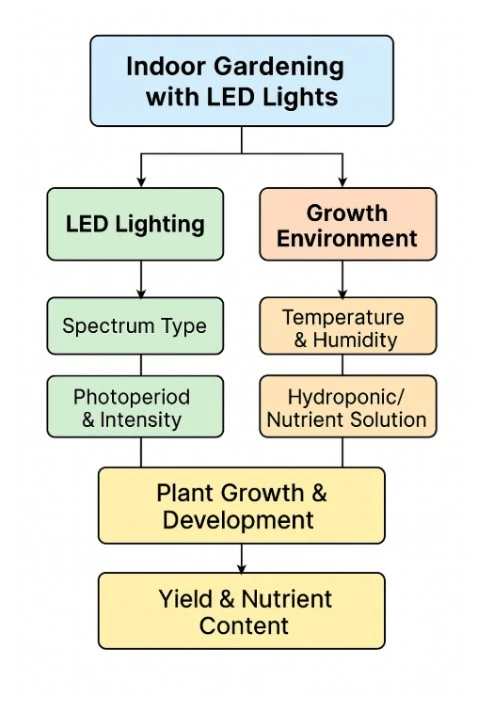
Methods:
• Light spectrum composition
• Light intensity (PPFD)
• Photoperiod duration
• Crop-specific responses
Key sources include Frontiers in Plant Science, Horticulture Research, and Acta Horticulture.
Results and Discussion
Spectrum Optimization
Most crops benefit from a red:blue ratio between 3:1 and 5:1, although optimal ratios vary by species and growth stage. For example:
• Lettuce: thrives under 80% red, 20% blue
• Basil: shows better aroma and oil content under increased blue light
• Tomato: requires far-red and UV-A supplements for flowering and fruit quality
Plant Morphology and Biomass
LED lighting enhances shoot elongation, leaf expansion, and root architecture when spectra are appropriately tuned. Growth under LEDs often surpasses that of natural light or conventional bulbs in biomass yield.
Photosynthetic Efficiency and Secondary Metabolites
Photosynthetic rates are higher under narrow-spectrum LEDs. Secondary metabolites like flavonoids, anthocyanins, and essential oils also show significant enhancement, suggesting quality improvements in herbs and leafy greens.
Economic and Environmental Impact
Though initial costs are higher, LED systems offer rapid return on investment due to energy savings and longer lifespan. Environmentally, they reduce carbon footprints and allow water-efficient systems like hydroponics to thrive indoors.
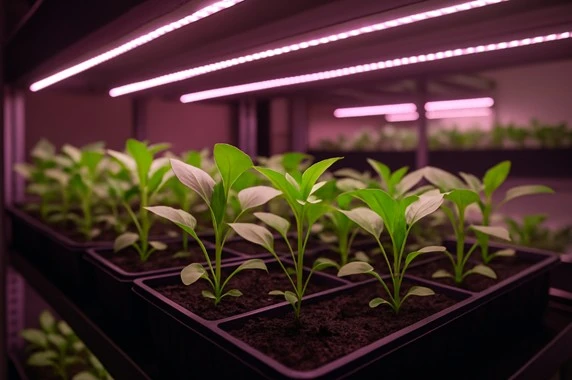
Application and case studies:
Home Gardening: Compact LED grow kits allow urban dwellers to grow herbs and greens year-round.
Vertical Farms: LED-lit vertical racks maximize space usage, enabling large-scale production in urban buildings.
Research Labs: Controlled spectral experiments for crop improvement and genetic studies.
Disaster Relief or Space Missions: LED gardens in closed-loop systems provide food in isolated or extreme environments.
Future Perspective:
The next phase of LED gardening involves integration with:
IoT & AI: Smart control systems adjust light spectrum and intensity in real-time based on plant needs.
Autonomous Farming: LED-lighted robots or shelves with self-regulated environments.
Custom Spectra Chips: LEDs tailored to specific plant cultivars for maximum productivity.
Policy Frameworks: Urban planning policies can incentivize rooftop or vertical LED farms.
Conclusion:
Indoor gardening powered by LED lighting is transforming how we grow plants in urban and non-traditional spaces. By enabling precise environmental control, LEDs enhance plant productivity, quality, and sustainability. This technology is not only solving space and resource constraints but is also paving the way for resilient, localized food systems. Continued research and innovation will further unlock the potential of LEDs in indoor agriculture, supporting a greener, more self-sufficient future.
Reference:
- Current status and recent achievements in the field of horticulture with the use of light-emitting diodes (LEDs) – Scientia Horticulture
- Effects of continuous light on plant growth and development – Frontiers in Plant Science
- LEDs for energy efficient greenhouse lighting – Renewable and Sustainable Energy Reviews
- LEDs: The future of greenhouse lighting – Acta Horticulture
Related posts:
- Blog Categories
- Basic of Artificial Lighting for Plants
- Basic of grow Light
- Case Studies
- General Awareness
- Indoor Vertical Farming
- Medical Plant Research
- Online Tool
- Pitch Grow Light
- Plant Lighting Measurement
- Speed Breeding
- Supplemental Lighting
- Tissue Culture Grow Lights
- Vertical Green Wall
- LED Grow Lights
- Pharma Segment
- General
Popular Products
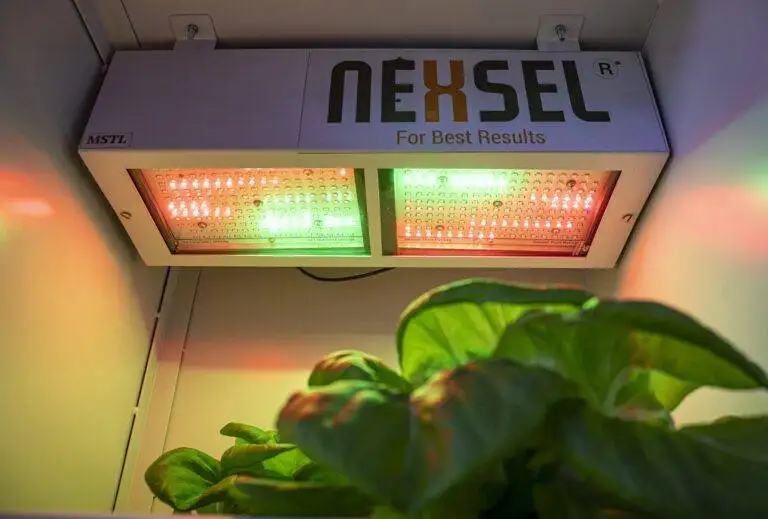
Enquire Now
Quick Link
Other Links
Design & Developed By VBTEK

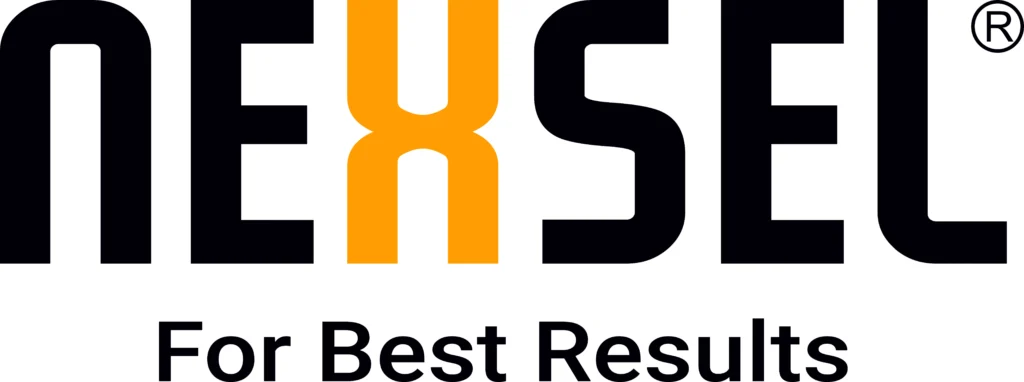
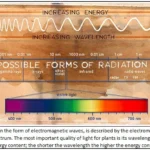
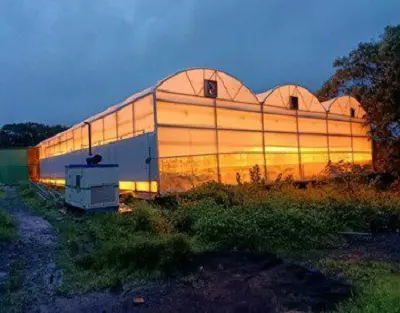
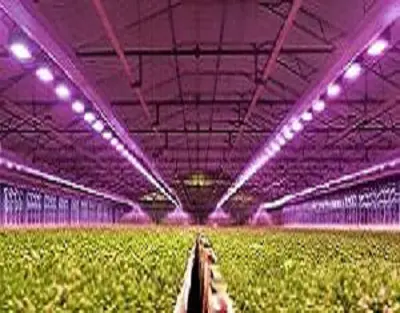
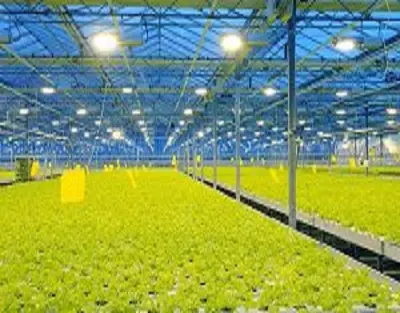
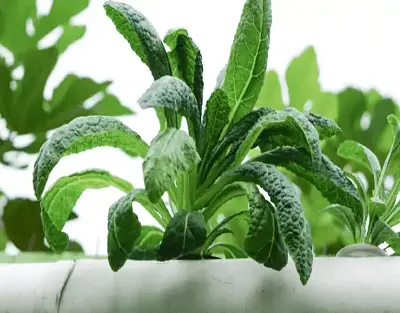
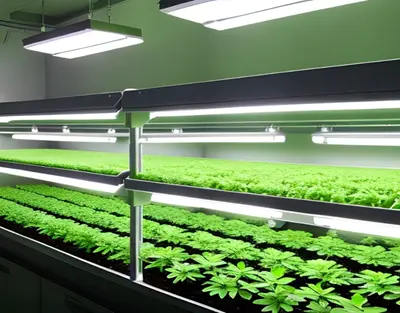
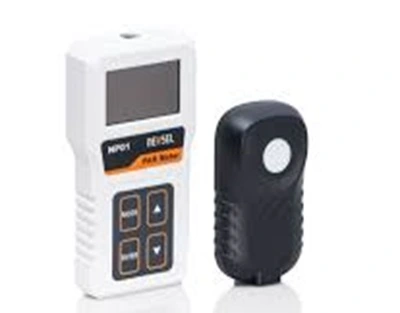
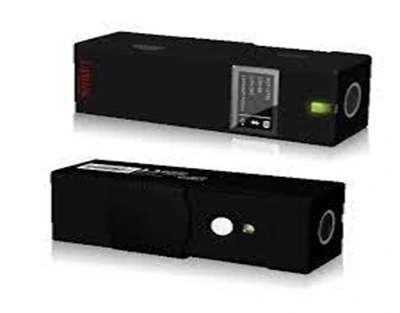
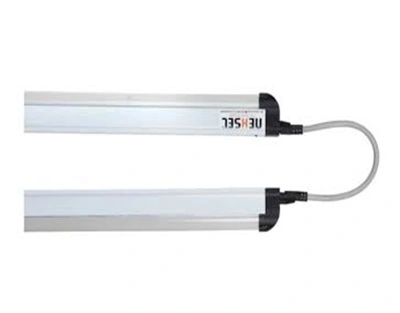
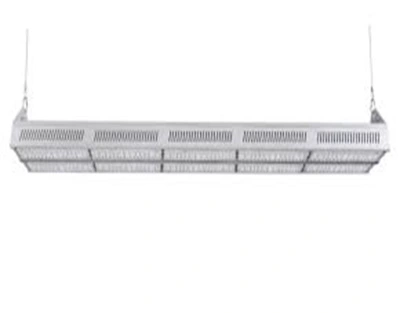
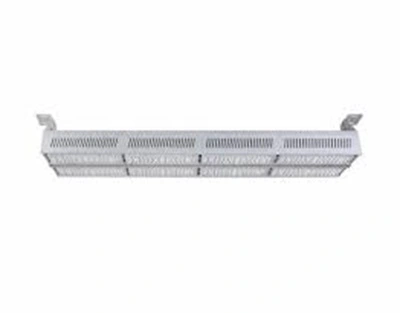
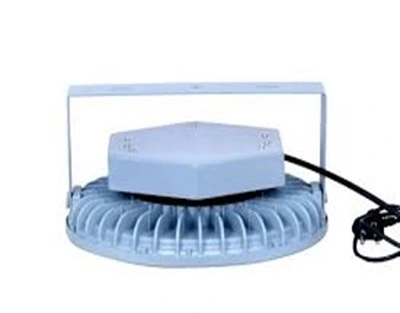
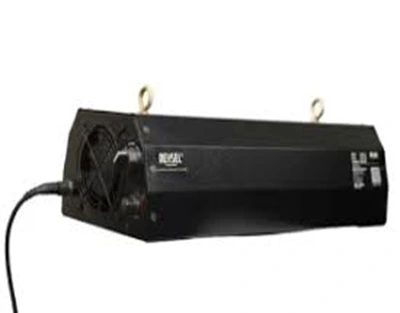
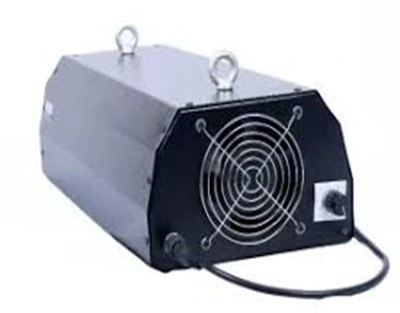
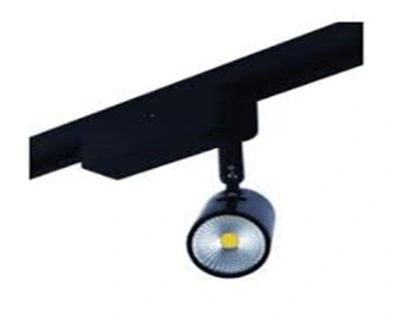

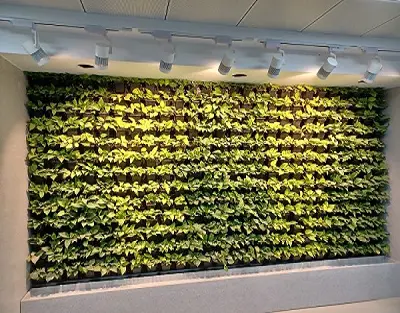
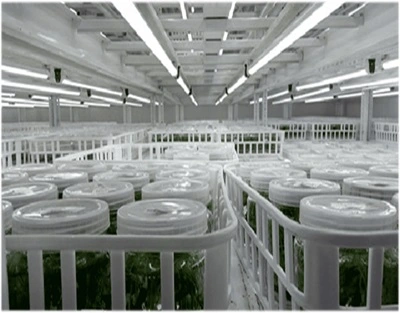
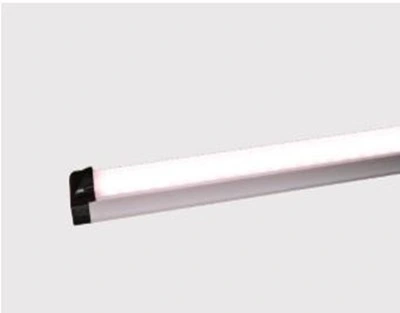

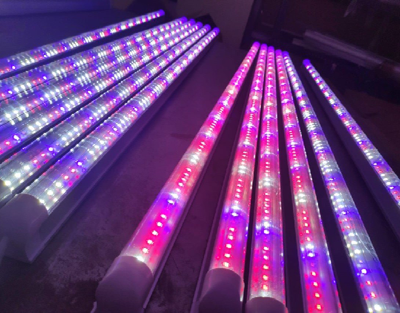
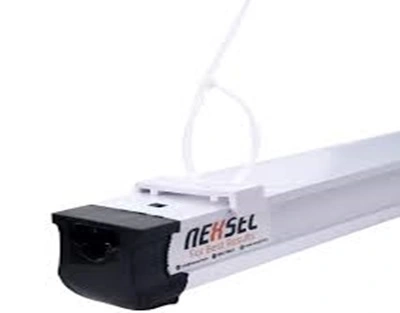
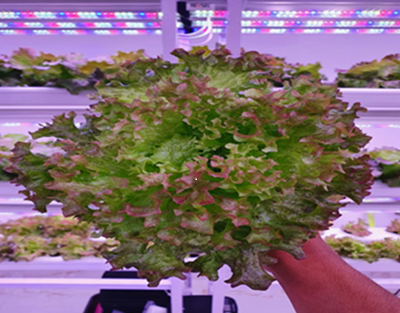
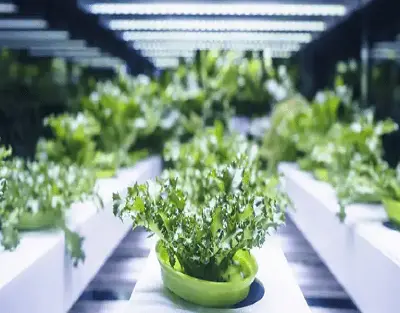
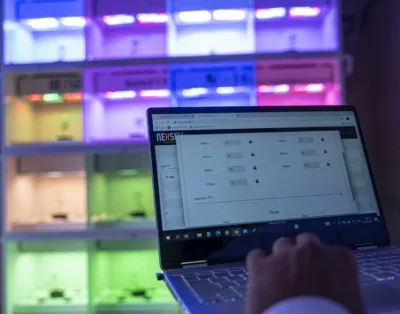


Leave A Comment